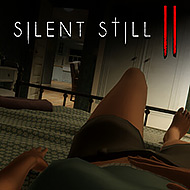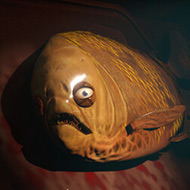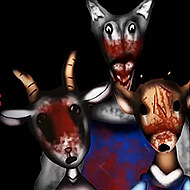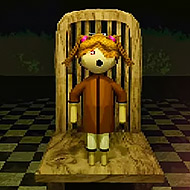DON’T FEED IT

DON’T FEED IT drops players into a dimly lit facility where a mysterious entity stalks the halls. The main rule is simple—never feed it. Survival hinges on your ability to follow the rules, observe the environment, and uncover what went wrong inside this abandoned space.
Exploring a Rule-Bound Nightmare
Gameplay in DON’T FEED IT relies heavily on environmental storytelling and limited interaction mechanics. You explore one room at a time, reading notes, solving locked-door puzzles, and avoiding the entity that reacts to specific player actions. The creature, known only as “It”, grows more aggressive the more you learn about the facility and its secrets.
The game uses fixed surveillance-style camera angles, heightening the tension as players can never see exactly what’s coming next.
Entity Behavior and Rule Manipulation
The primary mechanic revolves around not feeding the entity. This doesn’t just mean food—it applies to any interaction that encourages or acknowledges it.
- Indirect triggers: Even lighting candles or playing certain music tracks can count as “feeding.”
- Rulebook system: Pages of rules are discovered throughout, updating dynamically based on prior behavior.
- Surveillance puzzles: Some areas can only be accessed if you first review security feeds in a specific order.
Techniques for Safer Progression
To navigate DON’T FEED IT successfully, experienced players often rely on a set of tested strategies:
- Backtrack frequently—“It” avoids places you recently passed through.
- Don’t pick up every item you see—some objects are cursed and silently increase aggression levels.
- Use the audio distortion effect as a compass—it gets stronger the closer you are to a feeding trigger.
DON’T FEED IT offers a subtle, rule-based horror experience where attention to detail is essential. With minimal combat and a focus on psychological dread, the game punishes careless behavior and rewards caution, memory, and clever pattern recognition.







































































































































